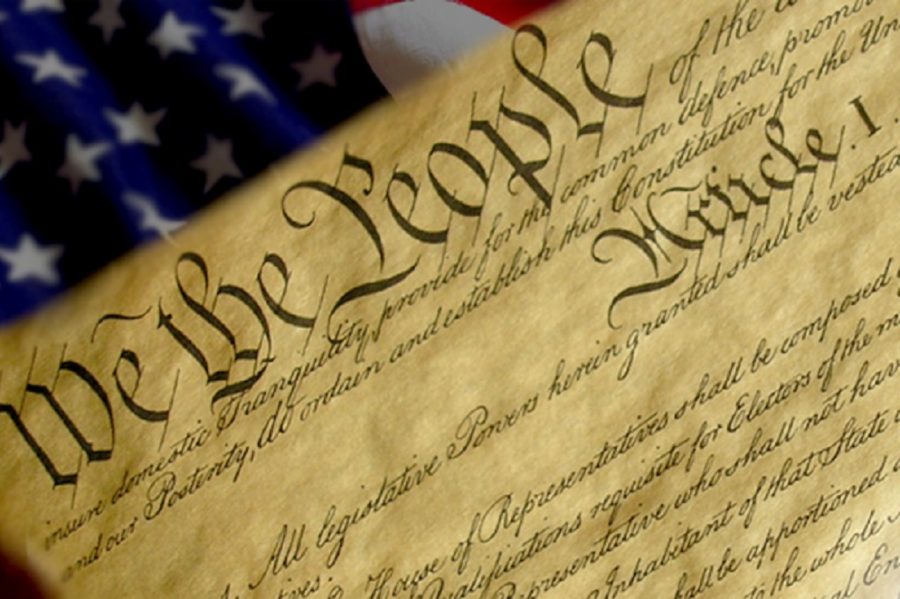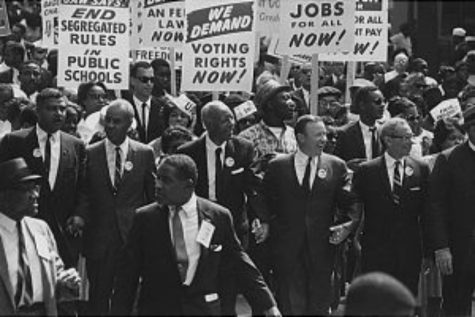Bill of Rights Day reminds students of their freedoms
IMAGE / U.S. Air Force
The Bill of Rights consists of the first 10 amendments to the U.S. Constitution.
Bill of Rights Day will be celebrated on Friday, Dec. 15.
The day celebrates the first 10 amendments to the Constitution of the United States.
The Bill of Rights includes the First Amendment, which gives Americans the right to free speech, freedom of the press and of religion, freedom to assemble, and freedom to petition the government.
Freshman Jaden Sorensen supports the first amendment for the diversity it brings.
“The United States is very diverse,” Sorensen said. “If we had restrictions, people would be outraged.”
The Bill of Rights also includes the Fourth Amendment, which prohibits unlawful searches and seizures.
The amendment also requires for warrants to be supported by probable cause.
Another important amendment in the Bill of Rights is the fifth, which guarantees the right to refuse to answer questions that could be self-incriminating. It also guarantees due process in legal matters.
Sophomore Chris Moyer believes the Fifth Amendment is important to protect people who are accused of a crime.
“It’s good because everybody deserves a fair trial,” Moyer said. “You can’t trick people into incriminating themselves. It prevents entrapment.”
Seventeen amendments were passed by the U.S. House of Representatives on Aug. 24, 1789, and the number was cut by Congress to 12 on Sept. 25, 1789.
The 10 amendments that exist today were ratified on Dec. 15, 1791, after being approved by the states.
Bill of Rights Day was designated by former President Franklin D. Roosevelt in 1941 to celebrate the amendments that give us many of our freedoms.
According to the National Day Calendar, the holiday is observed by flying the flag on public buildings and reading the Bill of Rights.
Some fun facts about the Bill of Rights include:
- There were 14 original copies of the Bill of Rights. There are 12 surviving copies today.
- The National Archives Building displays a copy of the Bill of Rights in its rotunda.
- Twelve amendments were originally proposed by Congress. The two that were not passed concerned congressional pay and the number of constituents for a representative.
- James Madison, the fourth president of the United States, proposed the bill.
- Many Supreme Court cases have used the Bill of Rights to support a decision.
- On Sept. 17, 1787, Elbridge Gerry, George Mason, and Edmund Randolph refused to sign the U.S. Constitution due to its lack of a Bill of Rights.

Class: Senior
Hobbies: I participate in quiz bowl, chess, robotics, Future Problem Solving, and many other "nerd sports."
Future Plans: I plan to...











